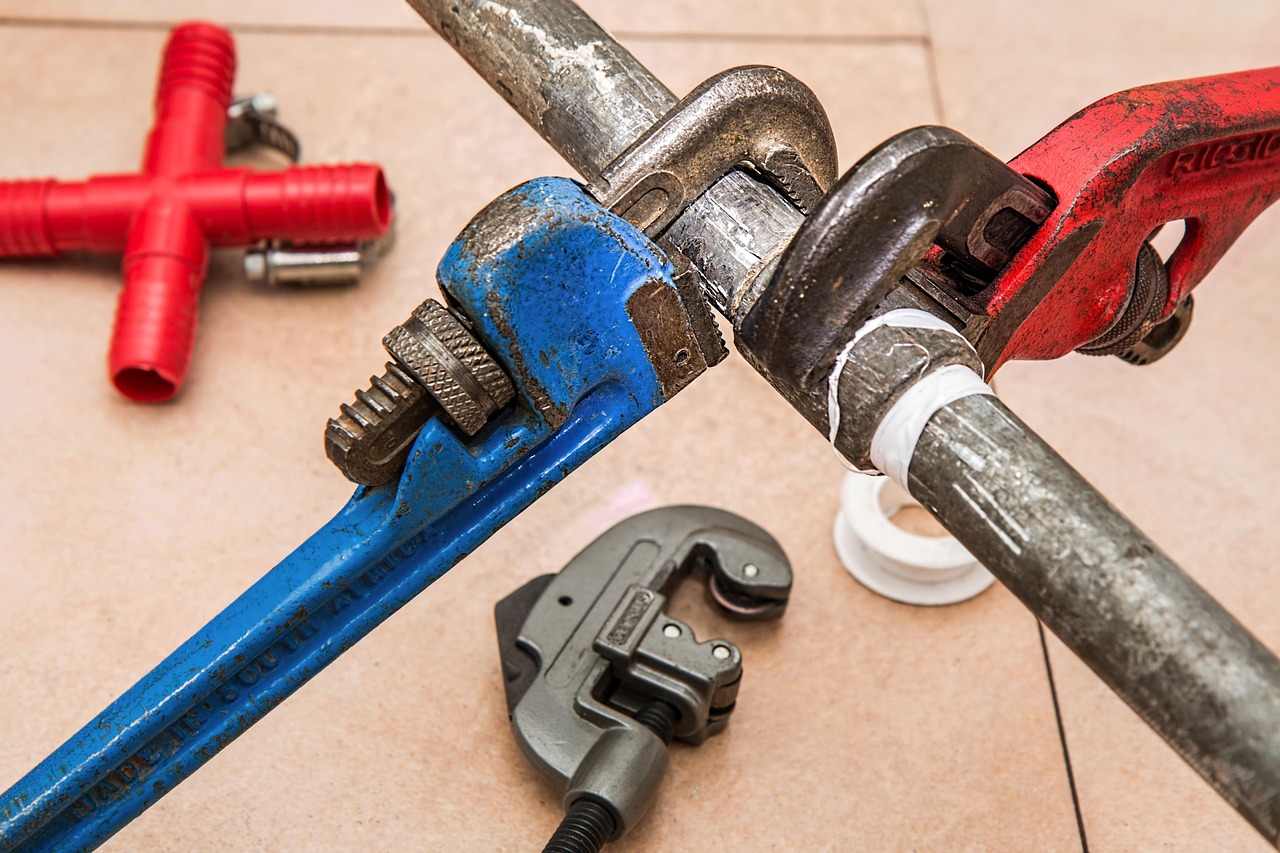Creating a lush, vibrant lawn requires more than just regular mowing and watering—it demands understanding the science beneath your feet. Soil pH plays a crucial role in your grass’s ability to absorb nutrients, affecting everything from color to disease resistance. This guide will take you beyond basic lawn care by exploring how to test your soil’s pH, interpret the results, and apply appropriate amendments like lime or sulfur. With these advanced techniques, you’ll be able to create optimal growing conditions that promote healthier lawn soil care and a more resilient yard.
The Basics of Soil pH and Why It Matters
Soil pH measures the acidity or alkalinity of your soil on a scale from 0 to 14, with 7 being neutral. For most lawn grasses, the ideal pH range falls between 6.0 and 7.0, slightly on the acidic side of neutral. When your soil pH falls outside this optimal range, your grass struggles to absorb essential nutrients—even if those nutrients are present in abundance. Think of proper pH as the gatekeeper that allows your lawn to access the nutritional buffet you provide through fertilization. Soil that’s too acidic (below 6.0) or too alkaline (above 7.0) creates chemical conditions where nutrients become chemically bound to soil particles, making them unavailable to grass roots.
The effects of improper pH are often mistaken for nutrient deficiencies, leading many homeowners to apply more fertilizer—which wastes money and can contribute to environmental issues like runoff. Instead, adjusting soil pH for grass is the fundamental first step toward a healthier lawn. Before making any changes to your lawn care regimen, conducting a proper soil pH testing for your lawn provides the data needed to make informed decisions.
How to Test Your Soil pH
Professional soil testing provides the most accurate assessment of your lawn’s pH levels and nutrient profile. Many county extension offices offer affordable soil testing services, as do private laboratories. For a comprehensive lawn soil amendments guide, start with a proper test that will analyze not just pH but also key nutrients and organic matter content. You can find reputable soil testing services through AskHomey, which connects homeowners with qualified professionals.
For those who prefer a DIY approach, home testing kits are available at garden centers and online retailers. While not as comprehensive as professional tests, these kits can give you a general idea of your soil’s pH. To ensure accurate results, collect multiple soil samples from different areas of your lawn, about 4-6 inches deep. Mix these samples together, remove any debris, and follow the kit’s instructions. Remember that soil pH can vary across your property, so multiple tests may be necessary for larger lawns.
Interpreting Your Soil Test Results
Once you receive your soil test results, you’ll need to determine how far your current pH is from the ideal range for your specific grass type. Cool-season grasses like Kentucky bluegrass and fescue generally prefer a pH between 6.0 and 7.0, while warm-season grasses like Bermuda and zoysia can tolerate slightly more acidic conditions, down to about 5.8. Your soil test report will typically include recommendations for amendments based on your current pH and target pH.
The report will also likely include information about your soil’s buffer capacity—its resistance to pH change. Clay soils and those high in organic matter have a higher buffer capacity, meaning they’ll require more amendments to change the pH than sandy soils with low organic content. This information is crucial for determining the correct amount of amendments to apply, preventing over-correction that could cause new problems.
Applying Soil Amendments to Adjust pH
If your soil is too acidic, lime application for your lawn is the standard solution. Lime is a calcium-based material that neutralizes soil acidity and provides calcium, an essential nutrient for plant growth. Several types of lime are available, including pulverized limestone, pelletized lime, and hydrated lime. Pelletized lime is popular for home use because it’s less dusty and easier to apply evenly with a standard fertilizer spreader.
For soils that are too alkaline (uncommon in many regions but prevalent in arid areas), elemental sulfur or aluminum sulfate can be applied to increase acidity. Sulfur works more slowly but has longer-lasting effects, while aluminum sulfate acts quickly but may require more frequent application.
Timing is important when applying soil amendments. Fall is generally considered the ideal time for lime application, as it gives the material several months to react with the soil before the next growing season. Sulfur can be applied in spring or fall. Always follow application rate recommendations from your soil test, as over-application can damage your lawn and disrupt the soil ecosystem.
Maintaining Optimal Soil pH Long-Term
Creating healthier lawn soil care requires ongoing attention to pH levels. Retest your soil every 2-3 years, as pH can change over time due to factors like rainfall (which can leach away basic elements, increasing acidity), fertilizer use (many nitrogen fertilizers increase acidity), and organic matter decomposition. Maintaining proper pH is not a one-time task but a fundamental aspect of advanced lawn care.
Complementary practices like core aeration can improve the effectiveness of pH amendments by allowing them to penetrate deeper into the soil profile. Similarly, adding organic matter through compost top-dressing helps stabilize soil pH and improves overall soil health, creating a more resilient growing environment for your grass.
Remember that adjusting soil pH is a gradual process—dramatic, rapid changes can stress plants and disrupt soil biology. Patience and consistent monitoring will yield the best results as you work toward optimal growing conditions for your lawn.
For more tips and to connect with reliable home service professionals, follow AskHomey on Facebook and Instagram.



